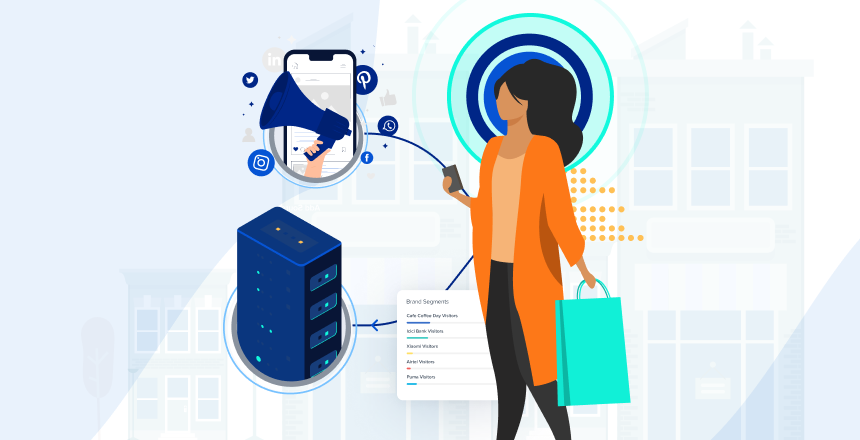In digital advertising, reaching the right audience is essential for driving engagement and boosting campaign success. One effective way to achieve this is through Audience Activation for Digital Advertising. This process involves identifying, segmenting, and engaging with the most relevant audience groups based on data-driven insights. By targeting specific user segments, advertisers can deliver personalized and relevant messages, making their campaigns more impactful. In this article, we’ll explore what Audience Activation is and how it enhances the effectiveness of digital advertising.
What Is Audience Activation?
Audience Activation for Digital Advertising refers to the process of using data to identify and target specific groups of users. This approach focuses on understanding consumer behavior, preferences, and interests to create targeted campaigns. Through the use of various tools and platforms, advertisers can activate the most relevant audiences based on real-time data and insights.
For example, a company selling athletic wear might use data to identify individuals interested in fitness or outdoor activities. By activating this specific audience, they can create ads that resonate more with the audience’s interests, increasing engagement and conversion rates.
How Does Audience Activation Improve Targeting?
One of the main advantages of Audience Activation is its ability to improve targeting precision. Traditional advertising often relies on broad audience groups, which can result in wasted ad spend and lower engagement. Audience Activation allows advertisers to pinpoint the exact segments that are most likely to respond to their ads.
By using detailed audience data, advertisers can segment users based on factors like demographics, browsing behavior, and purchase history. This enables them to deliver more personalized ads, increasing the chances of capturing attention and driving action.
The Role of Data in Audience Activation
Data plays a crucial role in the Audience Activation process. Advertisers gather insights from various sources, such as website analytics, social media interactions, and customer behavior data. This information is used to create detailed audience profiles, helping advertisers understand the specific needs and preferences of their target audience.
Data-driven insights also allow for continuous optimization. As campaigns progress, advertisers can monitor how different audience segments respond to the ads. This real-time feedback helps in adjusting targeting strategies to improve overall campaign performance.
Benefits of Audience Activation for Advertisers
Audience Activation for Digital Advertising offers several benefits for advertisers:
- Higher Engagement: Since the ads are more relevant to the target audience, they generate higher engagement rates. Users are more likely to interact with ads that match their interests.
- Increased Conversion Rates: With better targeting, ads reach users who are more likely to convert, leading to improved sales and return on investment (ROI).
- Cost Efficiency: Audience Activation helps reduce ad waste by focusing on the most relevant users. This means advertisers can allocate their budget more effectively and avoid spending on uninterested audiences.
- Personalization: Tailoring messages to specific audience segments allows advertisers to create personalized experiences, which helps build stronger connections with potential customers.
Conclusion
Audience Activation for Digital Advertising enhances the effectiveness of ad campaigns by delivering targeted and personalized messages to the right users. By using data-driven insights, advertisers can segment their audience and focus on those most likely to engage with their ads. This approach not only increases engagement and conversions but also improves cost efficiency. As digital advertising continues to evolve, Audience Activation offers a powerful way to ensure that marketing efforts are relevant, timely, and impactful, ultimately driving better results for businesses.


